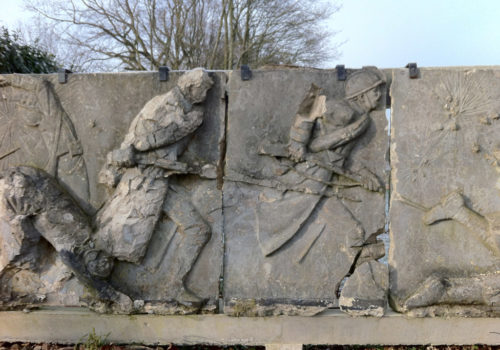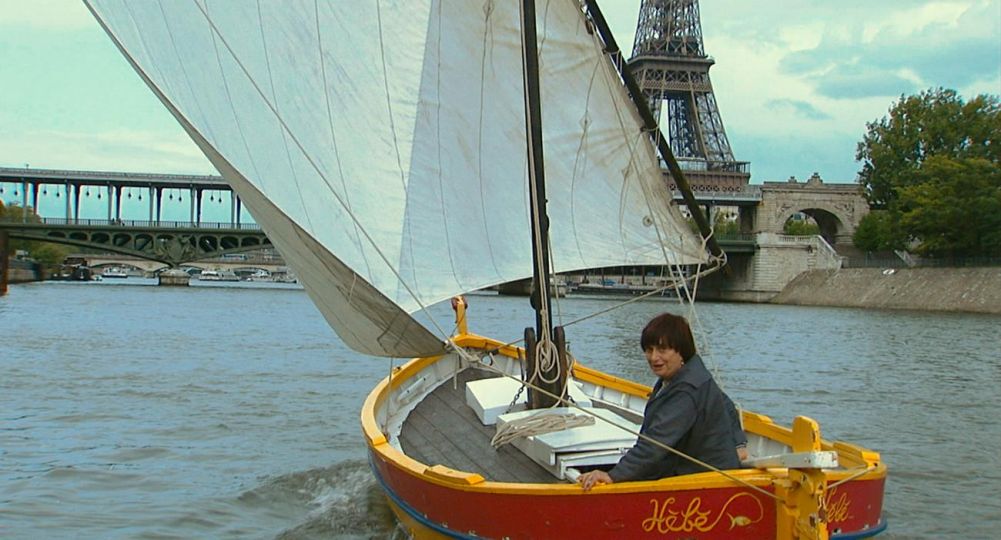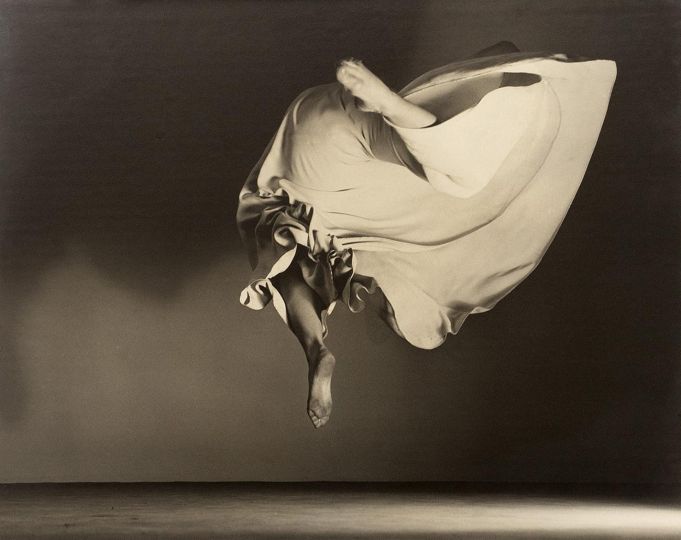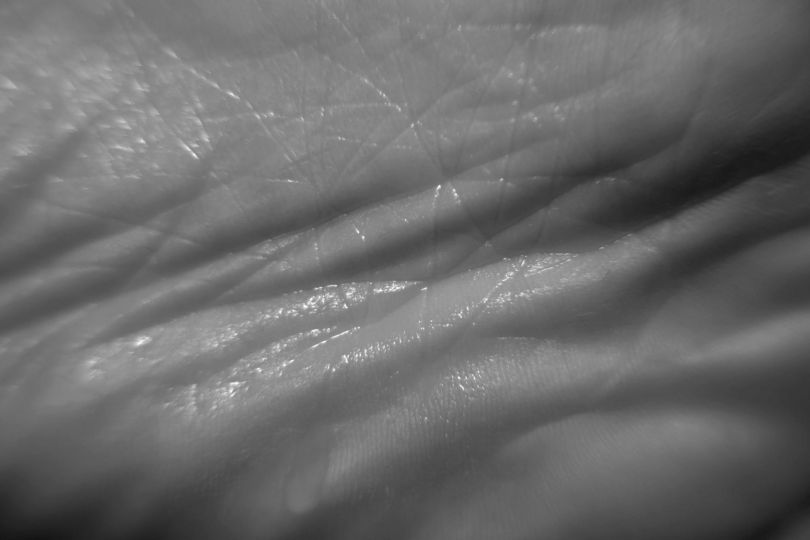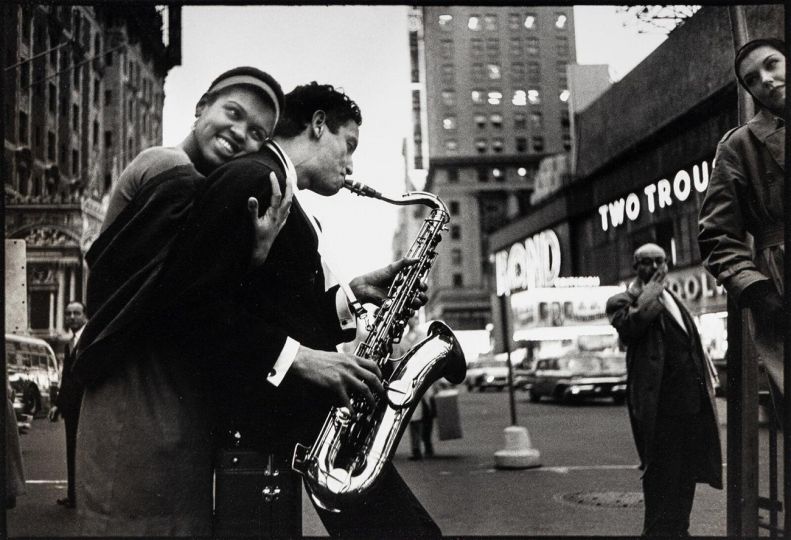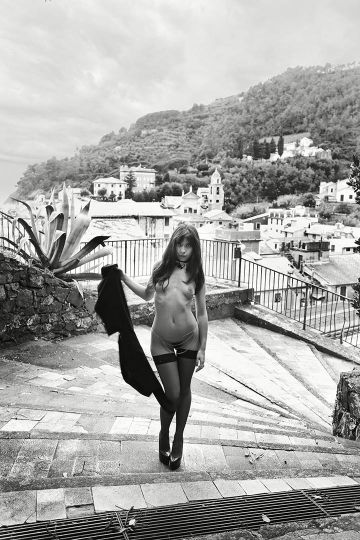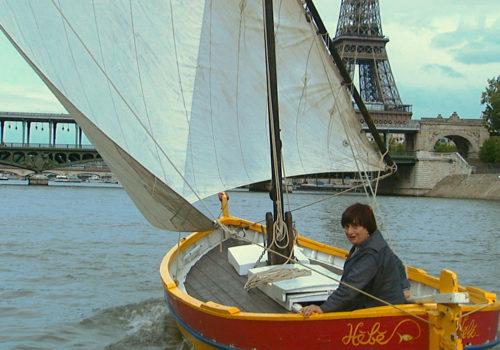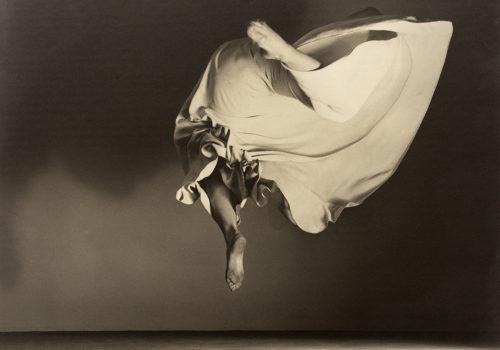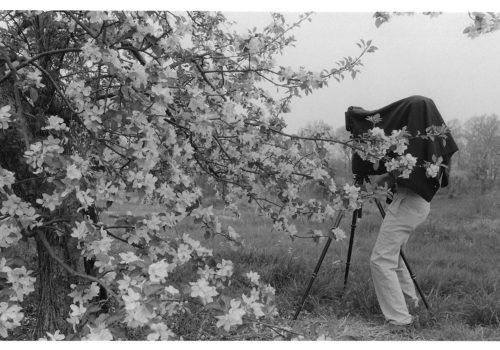The apocalypse described by Louis Barthas in his war diaries is starkly captured by photographs taken at the time: ravaged landscapes, pulverized crops, towns and villages in ruins, ancient trees chopped down, human remains shredded by bullets…
One hundred years later, Jean-Pierre Bonfort, armed with his mobile phone, followed in the footsteps of Barthas. What did he see? The battlefields of the First World War in relief like interim “landscapes.” The scars of battle can still sometimes be detected, but the plants have grown back, the villages and houses rebuilt. Life has returned, and apart from a few memorial sites, only a few clues remind one that this landscape is not the result of a slow evolution. A terrible thing happened here. The landscape is the silent witness. These places played an important role in the story Barthas told, but most of them are overlooked in History.
What remains forever perceptible is the geological configuration, the atmospheric conditions discussed at length, which were yet another source of dread and suffering. “What January was like, what we suffered, I will not attempt to describe. I would never have thought a human body could withstand such ordeals.”
Bonfort sees the roads where they marched endlessly at night, and a few architectural vestiges like barns and sheds. He faces the cold, the snow, the trails made impassable by mud. He also sees what Barthas could not see: the monuments, memorials and countless cemeteries where the fallen soldiers are buried. These remains are the most eloquent sign of the extent of the conflict.
The photographer-traveler encounters a form of banality or platitude. What he sees is neither picturesque nor tragic, much less exotic. It is a profound melancholy which subtly reveals his minimalist technique. He confronts the complex temporality of an entire century. Only the words of the witness who guides him and his articulation with the image can really make viewers truly understand the concept of traces.
This raises the question of the fragility and ambiguity of a photographic record shot after the event. We measure the discrepancy between the visible and the word: It once was, but I was not there. I was there, but it is no longer.
Exhibition
Les Carnets de guerre de Louis Barthas, tonnelier, 1914-1918. Paris, La Découverte, 2003 réed. 2013.
March 25 – August 29, 2014
BnF – Site François Mitterand
Quai François Mauriac
75013 Paris
France

